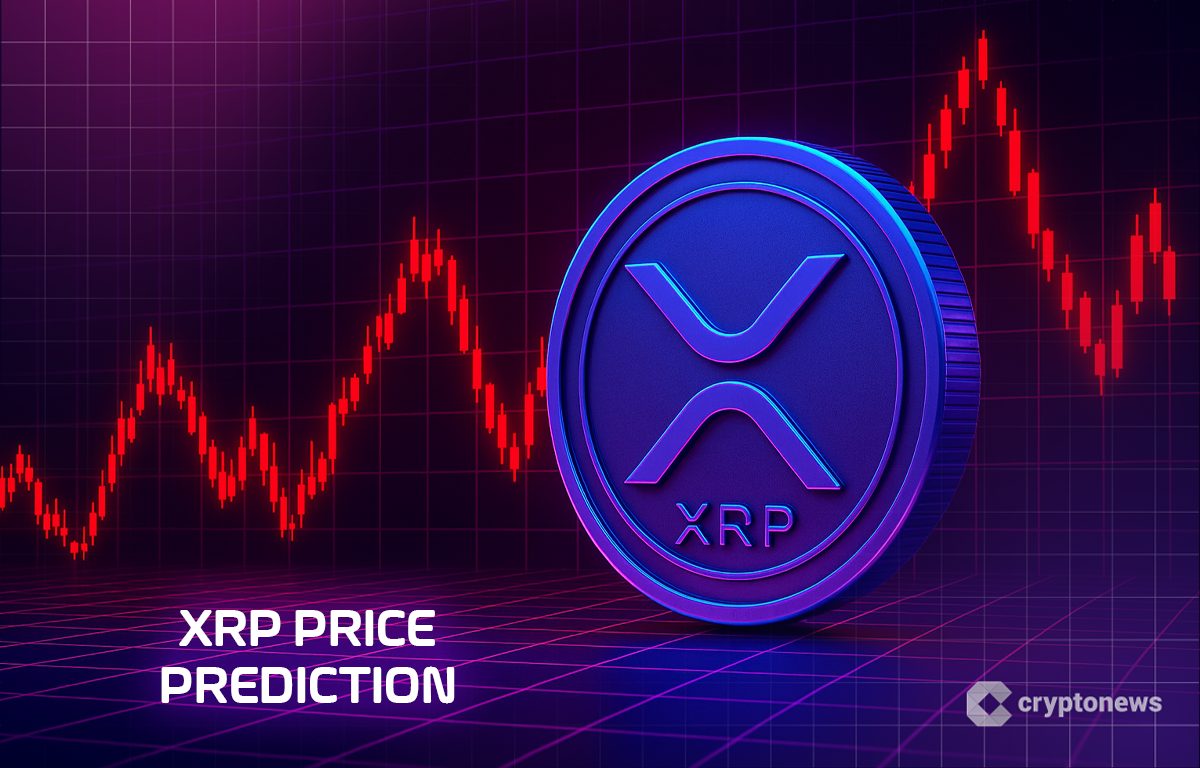XRP Price: A Comprehensive Analysis

Introduction to XRP
XRP is the native digital currency of the XRP Ledger, a decentralized open – source blockchain developed by Ripple Labs. Unlike Bitcoin and many other cryptocurrencies that rely on a proof – of – work consensus mechanism, xrp price a unique consensus algorithm. This allows for faster transaction processing and lower fees. XRP has gained significant attention in the financial industry, especially for its potential to revolutionize cross – border payments. Since its inception, its price has been a subject of great interest for investors, traders, and financial analysts alike.
Historical Price Trends of XRP
In the early days of XRP, its price was extremely low, trading for just fractions of a cent. However, as the cryptocurrency market started to gain mainstream attention around 2017, XRP witnessed a remarkable price surge. In December 2017, the price of XRP reached an all – time high of nearly $3.84. This was largely due to the overall bullish sentiment in the cryptocurrency market and growing optimism about Ripple’s partnerships with major financial institutions.
After the 2017 peak, the cryptocurrency market entered a bear phase, and XRP was not spared. Its price plummeted, and it took several years for it to recover. Throughout 2018 – 2020, XRP traded at much lower levels, often below $0.50. The market was also affected by regulatory uncertainties, which had a significant impact on its price.
Factors Influencing XRP Price
Market Sentiment
The overall sentiment in the cryptocurrency market plays a crucial role in determining XRP’s price. When investors are bullish on cryptocurrencies in general, they are more likely to invest in XRP. Positive news about the cryptocurrency industry, such as institutional adoption or regulatory clarity, can drive up the price. Conversely, negative news, like security breaches or regulatory crackdowns, can lead to a price decline.
Ripple’s Partnerships
Ripple Labs has been actively forming partnerships with banks and financial institutions around the world. These partnerships aim to use XRP for cross – border payments, which can potentially increase the demand for the cryptocurrency. For example, when Ripple announces a new partnership with a major bank, it often leads to a short – term increase in XRP’s price as investors anticipate higher usage and adoption.
Regulatory Environment
Regulatory issues have been a major factor affecting XRP’s price. In 2020, the U.S. Securities and Exchange Commission (SEC) filed a lawsuit against Ripple Labs, alleging that XRP was an unregistered security. This lawsuit had a significant negative impact on XRP’s price, as it created uncertainty about its legal status. The outcome of the lawsuit will likely have a long – term effect on XRP’s price and its future in the cryptocurrency market.
Price Volatility and Trading Strategies
XRP is known for its high price volatility. This volatility can present both opportunities and risks for traders. Day traders often take advantage of short – term price fluctuations to make profits. They use technical analysis tools, such as moving averages and relative strength index (RSI), to identify entry and exit points.
Long – term investors, on the other hand, focus on the fundamentals of XRP. They believe in the long – term potential of Ripple’s technology and the adoption of XRP for cross – border payments. They are less concerned about short – term price movements and are willing to hold their investments for several years.
Future Outlook for XRP Price
The future of XRP’s price is highly uncertain. If Ripple Labs wins the lawsuit against the SEC, it could lead to a significant price increase as it would remove a major regulatory overhang. Additionally, further adoption of XRP by financial institutions for cross – border payments could drive up the demand and price.
However, if the SEC wins the lawsuit, it could have a devastating impact on XRP. It might face restrictions in the U.S. market and could see a decline in its value. Moreover, competition from other cryptocurrencies and emerging payment technologies could also affect XRP’s future price. In conclusion, investors and traders need to closely monitor regulatory developments, Ripple’s partnerships, and overall market trends to make informed decisions about XRP.


